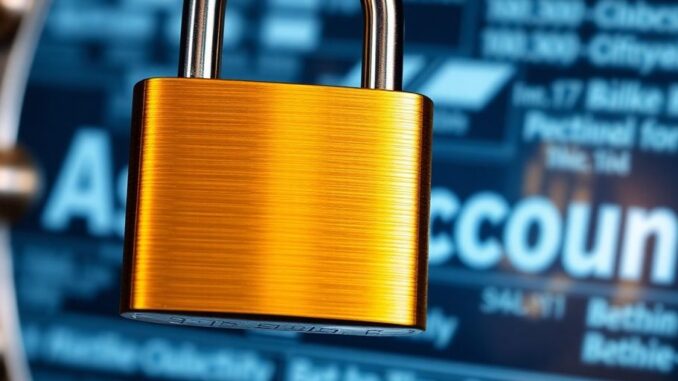
In an era of increasing digital transactions, safeguarding your bank accounts is paramount. This article delves into essential strategies for managing your finances securely, focusing on robust fraud prevention techniques and best practices to protect your hard-earned money from evolving threats.
Fortifying Your Financial Defenses
Protecting your bank accounts requires a multi-layered approach. While no system is entirely foolproof, adopting strong security measures significantly reduces the risk of unauthorized access and financial loss. Staying informed about common fraud tactics and implementing proactive defenses are key to maintaining financial security.
Key Takeaways
- Enable two-factor authentication (2FA) for all online accounts, especially banking.
- Be aware that not all 2FA methods offer the same level of security; SMS codes are increasingly vulnerable.
- Use strong, unique passwords and avoid sharing them.
- Be cautious of suspicious links and unsolicited requests for information.
- Regularly review your bank statements and set up account alerts.
- Banks generally cannot seize funds from your checking account for credit card debt without a court order.
Understanding Two-Factor Authentication (2FA)
Two-factor authentication adds a crucial layer of security by requiring more than just a password to access your accounts. It typically combines something you know (password) with something you have (phone, security key) or something you are (biometrics like fingerprint or facial scan). While effective, the security level can vary. For instance, SMS-based codes are less secure than authenticator apps or hardware keys due to potential interception or SIM swapping. It’s vital to choose the most secure 2FA methods available for your financial accounts.
Common Types of Bank Account Fraud
Fraudsters employ various methods to target bank accounts. These include:
- Check Fraud: This encompasses creating fake checks, check washing (altering payee or amount), forgery, and check kiting. To protect yourself, verify suspicious checks, be wary of overpayment scams, and never pay to claim a prize.
- Peer-to-Peer (P2P) Payment Scams: Scammers often impersonate bank representatives or government agents to trick users into sending money via apps like Zelle or Venmo. Always verify requests directly with the institution or person, and be cautious of payment protection features.
- ATM Skimming: Devices attached to ATMs or payment terminals can steal card data and PINs. Using cardless ATM access and avoiding suspicious machines can prevent this.
- Phishing: Deceptive emails or texts aim to steal login credentials or personal information. Never click suspicious links or provide sensitive data via unsolicited messages; go directly to the official website instead.
- Wire Transfer Scams: Scammers often request wire transfers for emergencies or fake sales, knowing these are hard to reverse. Avoid wiring money to strangers and be suspicious of urgent payment requests.
Protecting Your Funds
Proactive measures are essential for safeguarding your bank accounts. Regularly monitoring your accounts through mobile banking apps and setting up alerts for low balances, large transactions, or unusual activity can help you detect and respond to potential fraud quickly. Additionally, always use strong, unique passwords for each account and keep your devices updated with the latest security software. Be cautious when cashing checks without a bank account, as fees can be substantial at retailers or check-cashing stores; the issuing bank is often the most cost-effective option.
Bank Account Seizure and Credit Card Debt
Generally, banks cannot seize funds from your checking account to cover credit card debt, even if both accounts are with the same institution. This protection is outlined by the Fair Credit Billing Act. However, exceptions exist, such as if the bank obtains a court judgment against you. If you’re struggling with credit card payments, it’s best to negotiate with your card issuer or seek advice from a credit counselor to avoid negative impacts on your credit score.
Sources
- Two-Factor Authentication For Your Financial Accounts — Here’s How Secure It Really Is, Bankrate.
- 6 Ways To Cash A Check Without A Bank Account, Bankrate.
- 5 Common Types Of Bank Account Fraud And How To Protect Yourself, Bankrate.
- Can A Bank Seize Funds From My Checking Account For My Credit Card Payment?, Bankrate.
- 8 Important Mobile Banking Alerts to Set Up Today, Bankrate.

